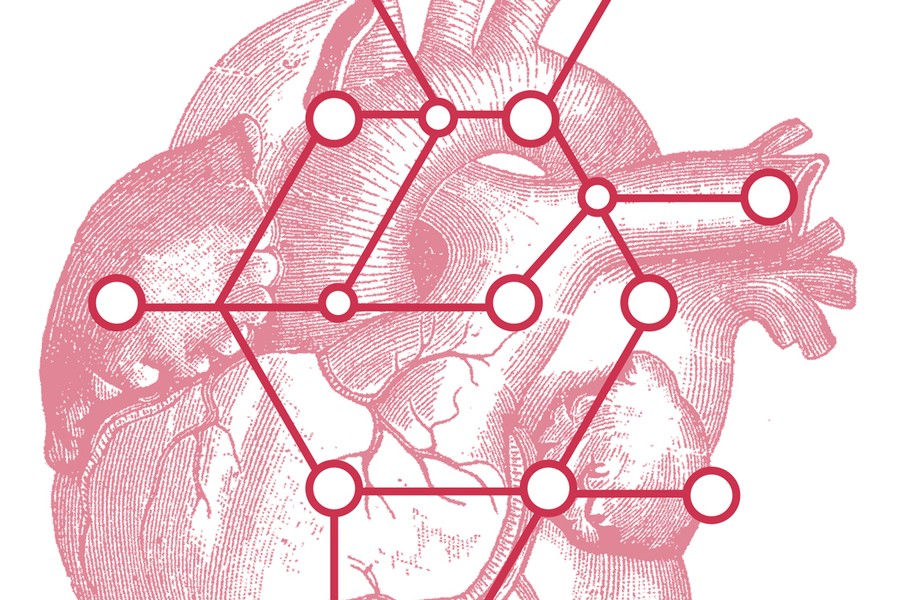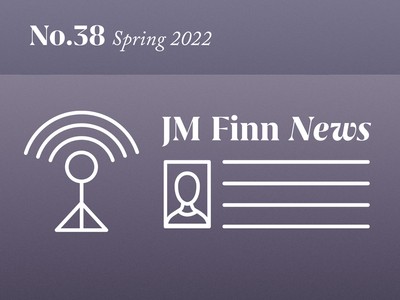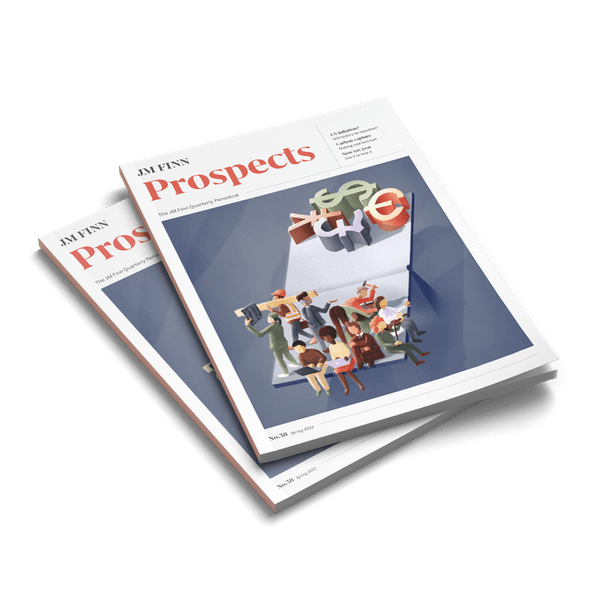The business reports into four segments:
- Transcatheter Aortic Valve Replacement (TAVR) (65% of revenue): TAVR is a minimally invasive heart valve replacement technology which was first commercialised by Edwards in 2011 and has been a game changer for the treatment of severe aortic stenosis, a form of heart disease
- Transcatheter Mitral and Tricuspid Therapies (TMTT) (2% of revenue): Edwards’ most nascent division. It aims to replicate the success that transcatheter technology has had with TAVR, in treating mitral and tricuspid valves.
- Surgical Structural Heart (17% of revenue): Edwards’ legacy valve replacement business and captures Edwards’ structural valve replacements, which are used for invasive open heart surgery. Sales are being cannibalised by demand for TAVR.
- Critical Care (16% of revenue): captures Edwards’ hemodynamic monitoring sales. Systems and consumables are sold which help detect and pre-empt adverse cardiac events, such as hypertension.
Broadly, the three secular drivers underpinning these divisions are aging demographics, improving diagnostics and increased focus on value for money by global health care systems. At a company level, TAVR remains the key mid-term driver for the business. We will therefore focus our attention on the segment.
To understand the market opportunity for TAVR sales we must first understand aortic stenosis (AS). AS occurs when the aortic valve, the largest of the heart’s four valves, stiffens causing the aorta, the largest artery in the body, to narrow at the exit of the left ventricle.
AS is a deadly disease, with surgical treatment being non-elective. Once patients with severe aortic stenosis develop symptoms, their survival rate is as low as 50% at two years and 20% at five years without an aortic valve replacement. This falls to only a 3% survival rate over five years when including patients deemed inoperable. The plus five-year survival rate is worse than lung (4%), colorectal (12%), breast (23%) and prostate (30%) cancer.
The primary cause of AS is aging, and once a patient contracts AS, it’s unfortunately a downward slope, with the only treatment being surgical.
Historically, AS was treated with structural aortic valve replacement (SAVR) which involved invasive open-heart surgery, requiring a patient’s chest to be physically broken open. Such procedures take 3-5 hours to perform and the patient will usually need to spend at least 3-4 days in the intensive care unit (ICU). Between 30-40% of all severe symptomatic AS patients are deemed inoperable using SAVR due to risk inherent in open heart surgery.

TAVR’s superiority over SAVR comes from its minimally invasive approach, where the catheter containing a replacement valve is typically inserted via the femoral artery in the upper leg. Once the replacement valve is lined up with the diseased valve, it is expanded and fitted into place using a balloon system, and becomes a functioning valve.
The average time in theatre for TAVR is now less than half of SAVR, as is the medium ICY stay, and patients typically leave hospital after c.3-4 days versus c.9 days for SAVR.
Ultimately, to realise the full potential of TAVR growth, Edwards will need to drive wholesale industry change by influencing medical best practice. This is no easy task, and if successful will take the company many decades to achieve.




